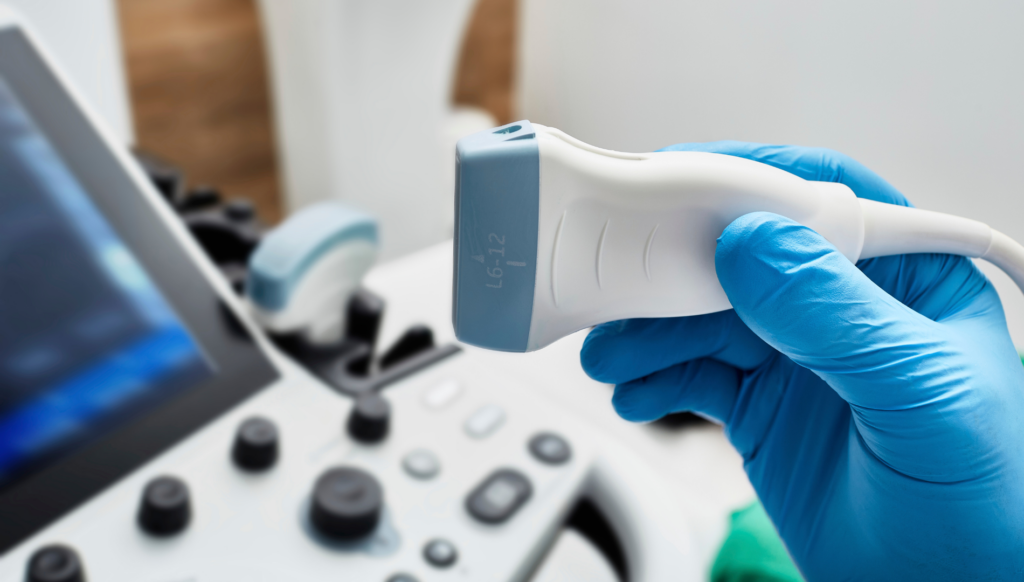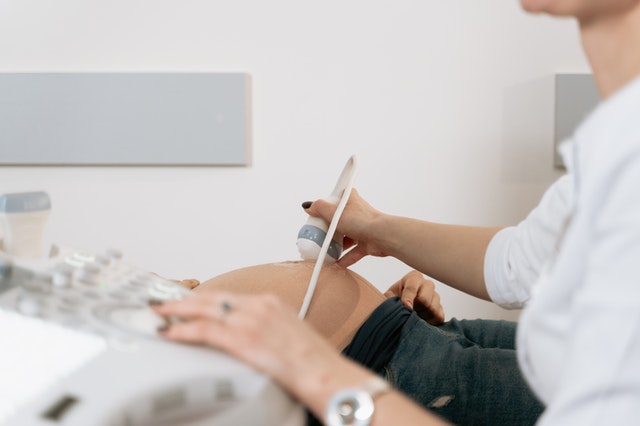The use of ultrasound technology for visualization of the uterus and fetus in obstetrics, gynecology, and other medical fields has become ubiquitous. So much so that you may not know about the different types of ultrasounds and what they can be used to detect and diagnose.
Ultrasound technology uses high-frequency sound waves to produce outlines and images of organs and other structures in the body. There are two main types of ultrasounds or sonograms that can be used to view structures in the body—2D and 3D/4D. The traditional black and white images you see of babies are performed using 2D ultrasound equipment. The 3D/4D ultrasound offers a high-definition, live view of structures inside the body, including your uterus, ovaries, and unborn baby. The 3D images are high-definition—almost as good as a portrait. The 4D ultrasound shows the movement of the baby.
Most of the time, ultrasound devices can be operated externally across the skin using a gel medium for smooth, uninterrupted contact. In some cases, an ultrasound device will be placed in the vagina. This can help us detect fibroids and other masses in the uterus and ovaries. Ultrasound technology is also useful in viewing heart function, the gallbladder, and other organs. The procedure is low-risk, minimally invasive, and unlikely to be painful.

Ultrasounds for Developing Babies
When you become pregnant, you will be scheduled for ultrasounds at certain milestones during your pregnancy. Typically, our staff will perform 2D ultrasounds early in the pregnancy to check off the normal milestones for your baby and to look at the stage of development. Around 20 weeks into a pregnancy, an ultrasound can detect the sex of the baby. Before your appointment, we will ask you if you want to know whether it is a boy or girl!
If your OBGYN detects any issues with the development of your baby, that can show up in the 2D ultrasound. To get a closer look at an abnormality, such as a cleft lip, a 3D/4D ultrasound may be ordered. The 3D image will be able to show a clear image of the face of the baby to confirm the cleft lip. That’s just one example of how ultrasound can be used to identify development issues with your baby.
When it’s time for an ultrasound for your pregnancy or to diagnose another gynecological issue, West Des Moines OBGYN can provide it in our offices. It’s so convenient to have that available on-site when you need it! Please contact us to schedule your appointment or to ask questions about ultrasound procedures.


